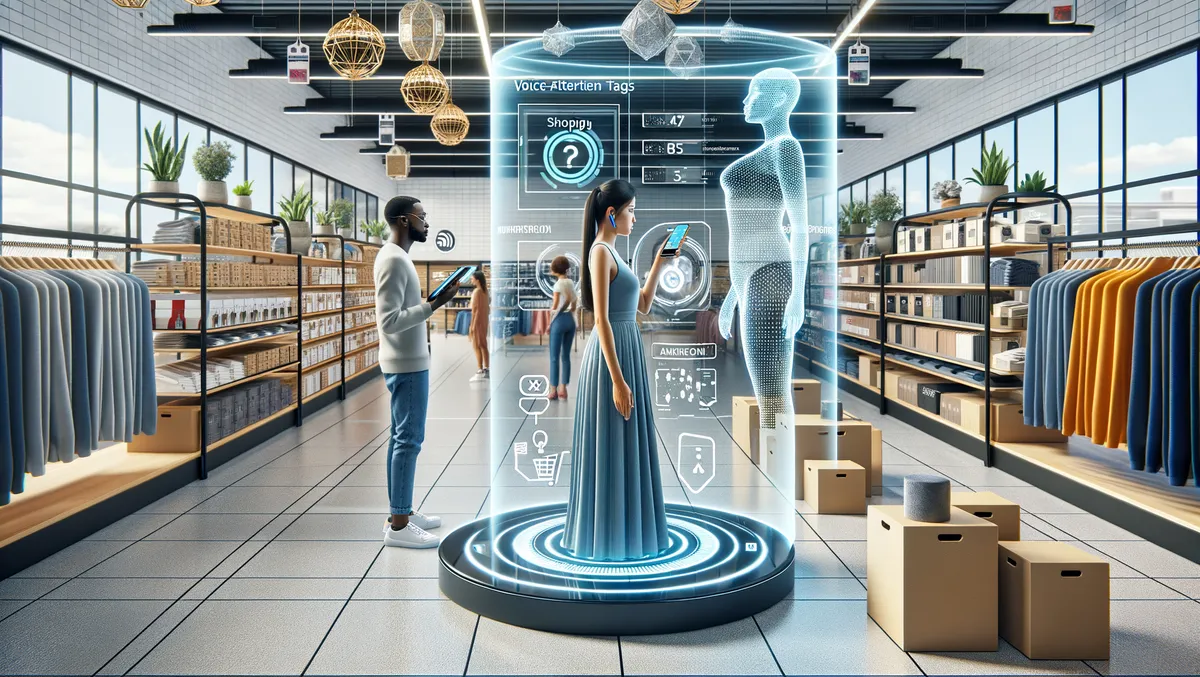
Tech trends shaking up the Australian retail sector in 2024
Four major technology trends are set to revolutionise the Australian retail market this year, according to Manhattan Associates. The key trends include advancements in Radio Frequency Identification (RFID), the convergence of generative AI and voice commerce, unified supply chains, and augmented reality. Each of these developments is set to enhance the retail landscape in different ways.
One of the foremost trends is the resurgence of RFID technology, particularly in bridging the inventory accuracy gap across Australian retail outlets. Despite being a stalwart tool within the industry for decades, RFID has been underutilised, but this is poised to change. A recent survey by Manhattan Associates highlighted a stark challenge - only 4% of Antipodean retailers are confident in the accuracy of their inventory.
As such, RFID technology, often limited to basic item tagging, will be harnessed this year to bring automation to tracking, replenishment, data analytics tracking customer behaviours, and to integrate online and in-store operations seamlessly.
The incipient fusion of generative AI and voice commerce is the second major prediction from Manhattan Associates. Leveraging advancements in Large Language Models (LLMs), this intersection will enable computers to engage in two-way human-like interactions.
Australian retailers are set to integrate voice-activated shopping this year, simplifying the buying process and opening new avenues for customer engagement. This partnership of voice commerce with AI-driven assistants like Siri, Google Assistant, and Alexa offers a hands-free, efficient shopping experience, conforming to modern customer demands.
Raghav Sibal, Managing Director, ANZ, at Manhattan Associates, suggests that "the synergy of Generative AI with voice commerce represents a trend towards more human-centric, versatile technology in retail. This shift is transforming customer interactions, making them more natural and integrated, much like RFID's impact on inventory management."
Thirdly, supply chains are targeted for major changes as greater unification begins, led by systems like Transport Management Systems (TMS) and Warehouse Management Systems (WMS). As a result of improved visibility and reduced costs, and supported by cloud technology, these new processes will create a better sense of control for customers and offer accurate real-time availability of products online.
As Sibal explains, "the shift towards a unified system underscores the evolving nature of supply chain management in an increasingly interconnected and digital world."
Lastly, the rise of Augmented Reality (AR) in the retail sector will transform customer interactions with products by merging the virtual and physical shopping experiences. This trend allows customers to virtually try on clothes or place furniture in their homes before purchasing, for example.
Sibal states that AR "significantly reduces the uncertainty around fit and style, which has been a major hurdle in online shopping", providing better insights for retailers and a heightened level of engagement and personalisation for customers.
To sum up, these four technological trends - RFID advancements, AI integration with voice commerce, an end-to-end unified supply chain, and AR - are set to bring about radical changes in the Australian retail landscape in 2024, inevitably enhancing customer experiences whilst also providing immense benefits to retailers.


